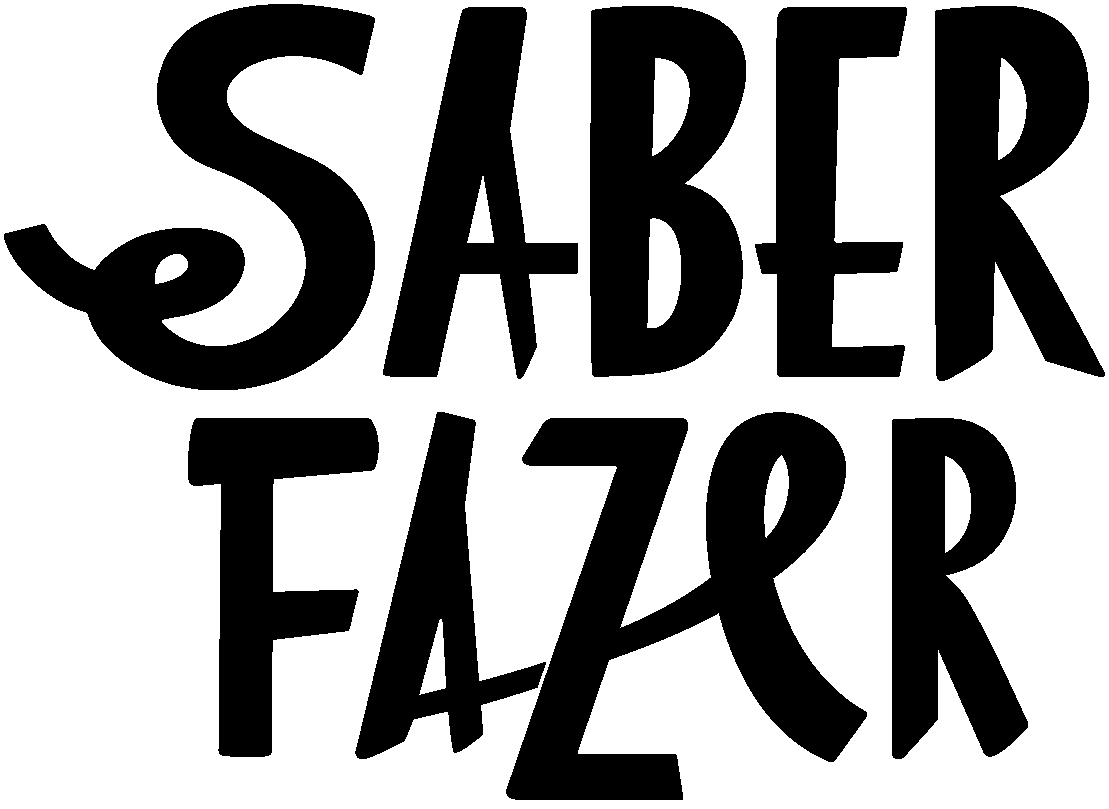com quantas ferramentas se faz uma mainça
Quem sabe mesmo fiar, fia com qualquer coisa, até com uma pedra. É por isso que a minha picuinhice com o peso, forma e material dos fusos pode ser completamente subjectiva. Mas o que é certo, é que trabalhar com uma boa ferramenta dá mais prazer e faz com que o trabalho seja mais uma extensão natural do nosso corpo do que um esforço externo.
Para mim, desde que ganhei confiança para evoluir desde a forma como me ensinaram a fiar, para aquela como sinto que quero fiar, que há pormenores que fazem a diferença.
Além do equilíbrio do fuso e do peso que carrego na mão, a mainça é o mais importante para mim. Gosto que seja bem definida, até profunda, e que no topo faça um gancho perfeito. Para quem chega aqui agora, mainça é o nome que se dá àquele sulco helicoidal que se vê na ponta superior do fuso.
Dos pormenores mais distintivos entre o vulgo "fuso português" e outros fusos muito semelhantes em forma que se vê noutros países, como o fuso russo, é a existência da mainça. Se o fuso russo se usa apenas com apoio, o nosso, quando tem uma mainça bem definida, até em suspensão pode ser usado, consoante a técnica de cada um, o que lhe confere mais versatilidade, a meu ver.
Os primeiros fusos que fizeram para mim, foram feitos pelo Zé Manel, ainda em Bucos. No final, ele esculpia a mainça com uma navalha e já estava. Quando tive de mandar fazer estes fusos cá no Porto, já com dimensões e forma ligeiramente diferente dos primeiros que tive, nenhum veio com uma mainça decente - pareciam uns risquinhos a fazer de conta. Vai daí, achei que se o Zé Manel conseguia fazer, eu também. A navalha não me chegou, mas com uma lima das unhas e uma lima-faca dei conta do serviço e esculpi as mainças todas ao meu gosto.
Desde então, prefiro que os fusos venham do torneiro sem mainça, e esculpo-as eu, uma a uma, como acho que devem ser para o fuso funcionar bem. É que é muito difícil explicar a quem não fia porque é que um pormenor tão pequeno faz tanta diferença, e em vez de perder tempo a explicar, gasto o tempo a fazer mainças.
If you're an experienced enough spinner, you can spin fiber with anything, even a rock. That's why my pickiness with spindles, weight, shape and material can be completely subjective. But one thing is for sure, working with a good tool is more pleasurable and makes the work feel more like an extension of your own body, instead of an external effort.
For me, since I became confident enough about my spinning to evolve from the way I was taught to spin to the way I really want to spin, there are small details that make all the difference.
Alongside with balance and weight, the helical groove on top of the spindle is the more important detail. I like it to be deeply carved and for it to form a perfect hook on top. I believe that this groove is one of the things that differentiates the "portuguese spindle" from other similarly shaped spindles from around the world, like the russian spindle. If the russian spindle has to be used with support, our spindle, when it has a well carved top screw can even be used as a drop spindle, although that depends a lot on individual techniques.
The first spindles I got made for me, were made by Zé Manel, in Bucos. In the end, he would sculpt the screw with a pocket knife and that was it. When I had to have these spindles made here in Porto, with a slightly different size and shape, not one of them came with a decent groove. So I though that if Zé Manel could do it, so could I. The pocket knife wasn't enough, but with the help of a nail file and a knife file, I got the job done.
Since then, I ask for all the spindles to be hand turned, but delivered without the helical groove and then I sculpt them one by one, with the shape I feel they should have for the spindle to spin properly. You see, sometimes it's very difficult to explain to someone that doesn't spin why such a small detail makes such a big difference, so I prefer spending my time making the grooves myself, instead.




